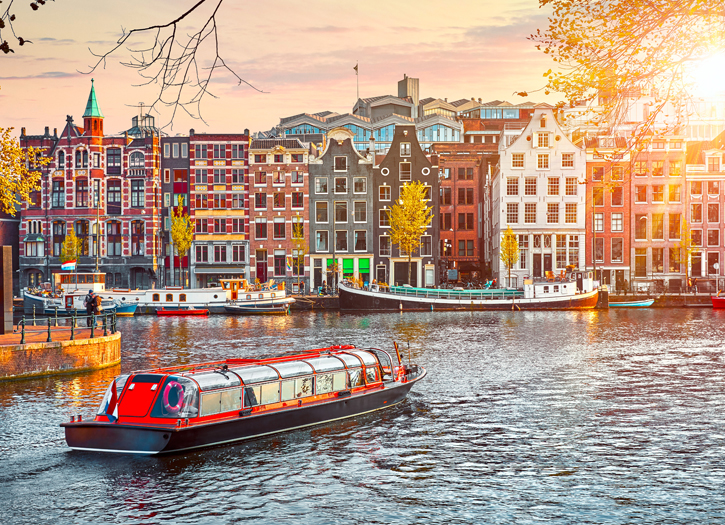The COVID-19 pandemic in the Netherlands is part of the ongoing pandemic of coronavirus disease 2019 (COVID-19) caused by severe acute respiratory syndrome coronavirus 2 (SARS-CoV-2). The virus was confirmed to have spread to the Netherlands on 27 February 2020, when its first COVID-19 case was confirmed in Tilburg. It involved a 56-year-old Dutchman who had arrived in the Netherlands from Italy, where the COVID-19 pandemic seemed to enter Europe. As of the 7th of August, there are 56,982 confirmed cases of infections and 6,153 confirmed deaths.
12 March: the government announced new measures that will be in effect through the end of the month. All events (concerts, sports) and all meetings with more than 100 people are now forbidden and the RIVM is encouraging people to work from home. The restriction also applies to museums. All Dutch universities will susend physical teaching until 1 April, but online teaching will continue. Schools remain open. This press conference was the first time the Dutch government used a sign language interpreter to ensure good communication to deaf people. Irma Sluis filled this position and quickly gained some fame with her performance.
17 March: the total number of confirmed cases was 1,705, of which 314 patients had been admitted to the hospital. Arie Slob notified that schools could stay open for the sole purpose of letting final exam candidates finish their last schoolwork. Schools will only open if certain conditions are met. This measure is taken to ensure that final exam candidates are prepared for the national exam at the start of May.18 March: the Dutch minister for Medical care, Bruno Bruins became unwell during a debate and collapsed.On 19 March he resigned from his position as minister for Medical care. In a press conference it was announced that Hugo de Jonge would from then on handle the Coronavirus pandemic in the Netherlands.
1 June: Bars, hotels and restaurants are allowed to open from 12:00. Inside a maximum of 30 guests are allowed who have to reserve beforehand. On outdoor terraces no maximum is enforced. Both in- and outside guests and personnel have to maintain 1.5-meter distance, unless they are from the same household. On this day there was also a large demonstration on Dam Square in Amsterdam. This was part of the George Floyd protests. About 5,000 people converged on the square. While most of them wore face masks, it was impossible to maintain 1.5 metre distance.
In late March, the government announced strict social distancing rules as cases surged over 5,000. All large public events and gatherings are banned until 1 September. Furthermore, in public space a distance of at least 1.5 metres between people not from the same household must be observed, and shops and other venues are to enforce this distancing among their visitors. Fines will be issued to those not complying with the new rules. Companies may face a fine up to €4,000, individuals risk a fine up to €400. Prime Minister Mark Rutte repeated his call to keep distance from each other. Final examinations of secondary school were cancelled on 24 March.
In response to regulations announced on 12 March, panic buying of food, toilet paper and medicines, resulted in empty shelves in supermarkets. Prime Minister Mark Rutte appealed to the nation to stop this behaviour. On 12 March it was announced that all public events with more than 100 people will be cancelled until 6 April. On 24 March this period was extended to 1 June for all permit-requiring events. Three days later it was announced in a press conference that all restaurants, museums, sport clubs and schools had to close.
On 8 June, three months into the crisis, an analysis of Rabobank was published. They expected that the economy between March and June shrunk by 8%, with the catering sector being hit the most. They expected that, whereas the crisis was over the peak, the economy would continue shrinking, and the industries, in particular the construction industry, which were doing relatively well, would be hit as well. The forecast was that the unemployment rate would grow from 3% to 7% by the end of 2020.







Add Comment